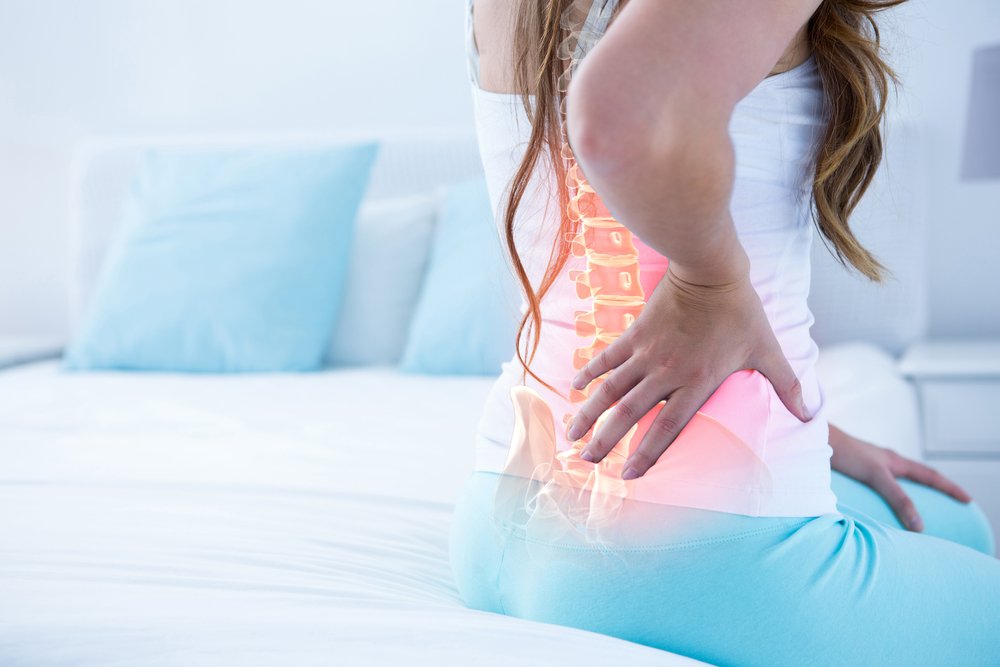 If you make an appointment at an outpatient orthopedic sports clinic, you’ll be treated just like any other person. At Resilient Women’s Health, we understand that women have different pelvises, hormones, lifestyles, and roles in society. All of these things change how we approach pain in women. Were experts in women’s orthopedics!
If you make an appointment at an outpatient orthopedic sports clinic, you’ll be treated just like any other person. At Resilient Women’s Health, we understand that women have different pelvises, hormones, lifestyles, and roles in society. All of these things change how we approach pain in women. Were experts in women’s orthopedics!
Why you need to have a women’s orthopedic physical therapist who understands how women are different for lower back pain:
Pain for women is different. Research shows that in women, lower back pain is caused more by dysfunction in the pelvic floor(1), changes in breathing patterns (2), and incontinence (2). If you are seen by a physical therapist or provider who does not specialize in women’s health, they may not know this and you may be missing vital pieces of the puzzle to feeling better and getting back to the activities you love.
Dysfunction in the pelvic floor and lower back pain
In one recent study on women (finally!), pelvic floor muscle weakness was found in 66% of participants , pelvic floor muscle tenderness and tightness in 71%, and pelvic organ prolapse (descent of the pelvic organs- rectum, bladder, cervix) in 41%.
Changes in breathing patterns and lower back pain
When functioning optimally, the transverse abdominis, pelvic floor, and diaphragm all work to control breathing. When this is altered because of asthma, allergy, or other problems with breathing (hello, just being out of shape or having a baby at any point!), changes can cause lower back pain(2).
Incontinence and lower back pain
When you have incontinence, the function of the pelvic floor and diaphragm are altered. A recent study showed that incontinence is a greater risk factor for lower back pain than being overweight or being inactive.(2)
Ways you can calm lower back pain:
Keep track of what aggravates or calms your pain: We often find that stress and menstruation are common triggers for women. You also may find that different positions or movements aggravate or calm pain. Keep track in the notes app on your phone or carry a small journal with you.
Eat whole foods and drink enough water:
Reduce processed foods and increase foods with fiber. Try to drink half your body weight (in ounces) of water). Constipation can play a major role in back pain. Even if you’re going every day, you can still be constipated!
Prioritize sleep:
Sleeping for 7-9 hours a night is imperative. Sleep helps our bodies rest and repair. When you’re not sleeping well, pain can be more intense and harder to cope with. Try lavender essential oils, camomile or lavender tea, reducing blue light 1 hour before bed, and getting in bed at the same (ish) time each night.
How a women’s orthopedic physical therapist treats lower back pain (that’s us!)
Calm and strengthen the pelvic floor and core muscles to calm lower back pain After an assessment, we can give you simple, effective exercises to improve your pelvic floor function and posture to move past lower back pain.
Change breathing patterns to calm lower back pain
Proper breathing is more than slow, deep belly breaths in yoga. We need the ribs to expand, belly to relax, and pelvic floor to relax on the inhale to calm lower back pain. We can help you determine if your breathing patterns are affecting your lower back pain and help you breathe better.
Resolve constipation to calm lower back pain
Our solutions move beyond miralax, stool softeners, fiber supplements, and diet changes. We help you determine if there are food intolerances, improve function of the intestines and colon, and calm abdominal tightness to improve bowel function and calm lower back pain.
Make lifestyle changes to calm lower back pain
When the remedies above aren’t enough, we can help you deep dive into your routine and roles to help you find strategies to calm or eliminate lower back pain
Get to the root cause to calm lower back pain
Sometimes, it’s not just lower back pain. Lower back pain can involve the nerves, discs, mid back, or neck. Finding the root cause in the assessment can be a game changer.
When to make an appointment with a women’s orthopedic physical therapist at Resilient Women’s Health:
If you’ve tried self stretching, strengthening, over the counter medications, or seeing other physical therapists or providers and still have pain, book a free consultation to see if we can help you fill in the gaps and help you get back to the activities you love and have more fun!
- Dufour S, Vandyken B, Forget MJ, Vandyken C. Association between lumbopelvic pain and pelvic floor dysfunction in women: A cross sectional study. Musculoskelet Sci Pract. 2018 Apr;34:47-53. doi: 10.1016/j.msksp.2017.12.001. Epub 2017 Dec 9. PMID: 29268147.
- Smith MD, Russell A, Hodges PW. Disorders of breathing and continence have a stronger association with back pain than obesity and physical activity. Aust J Physiother. 2006;52(1):11-6. doi: 10.1016/s0004-9514(06)70057-5. PMID: 16515418.
